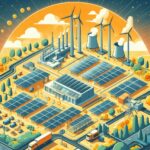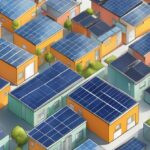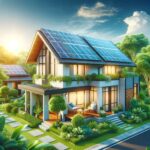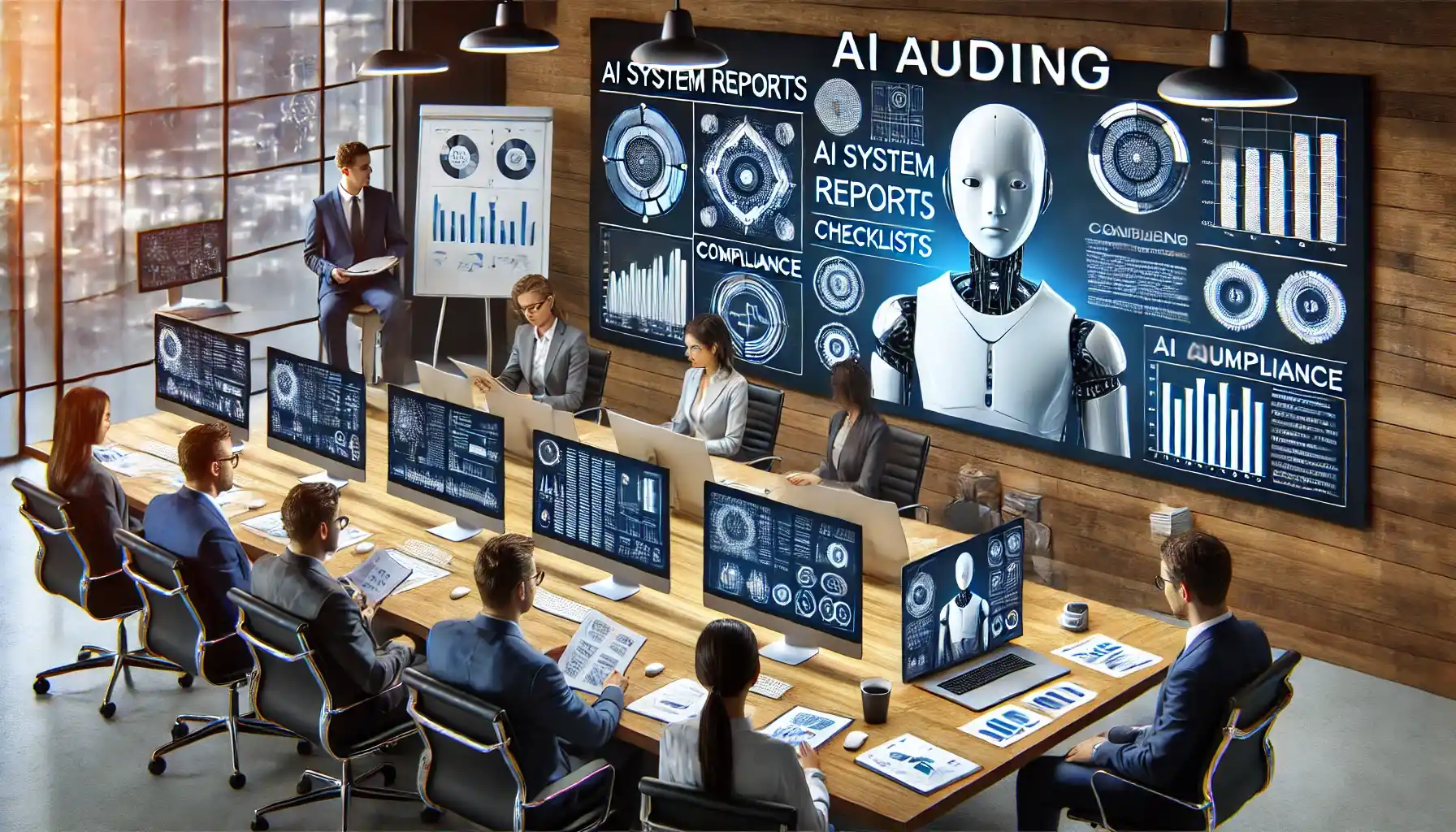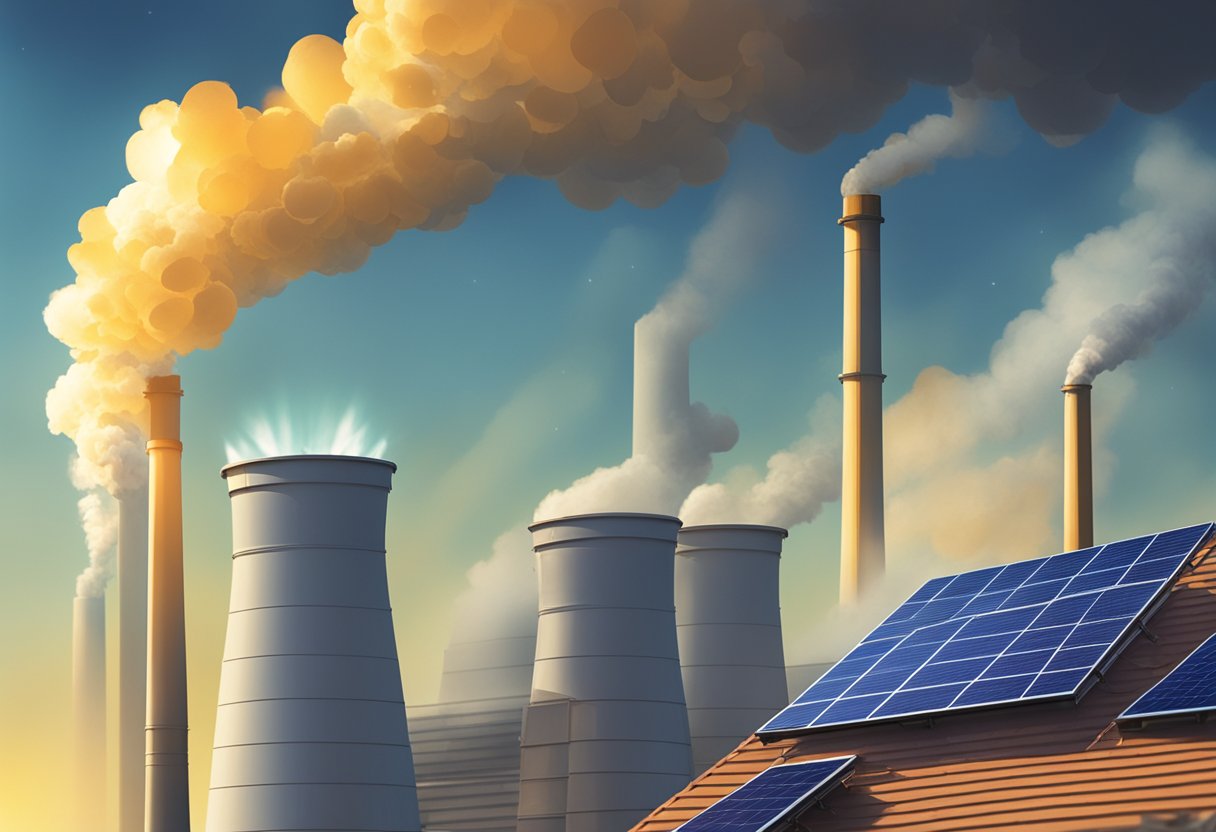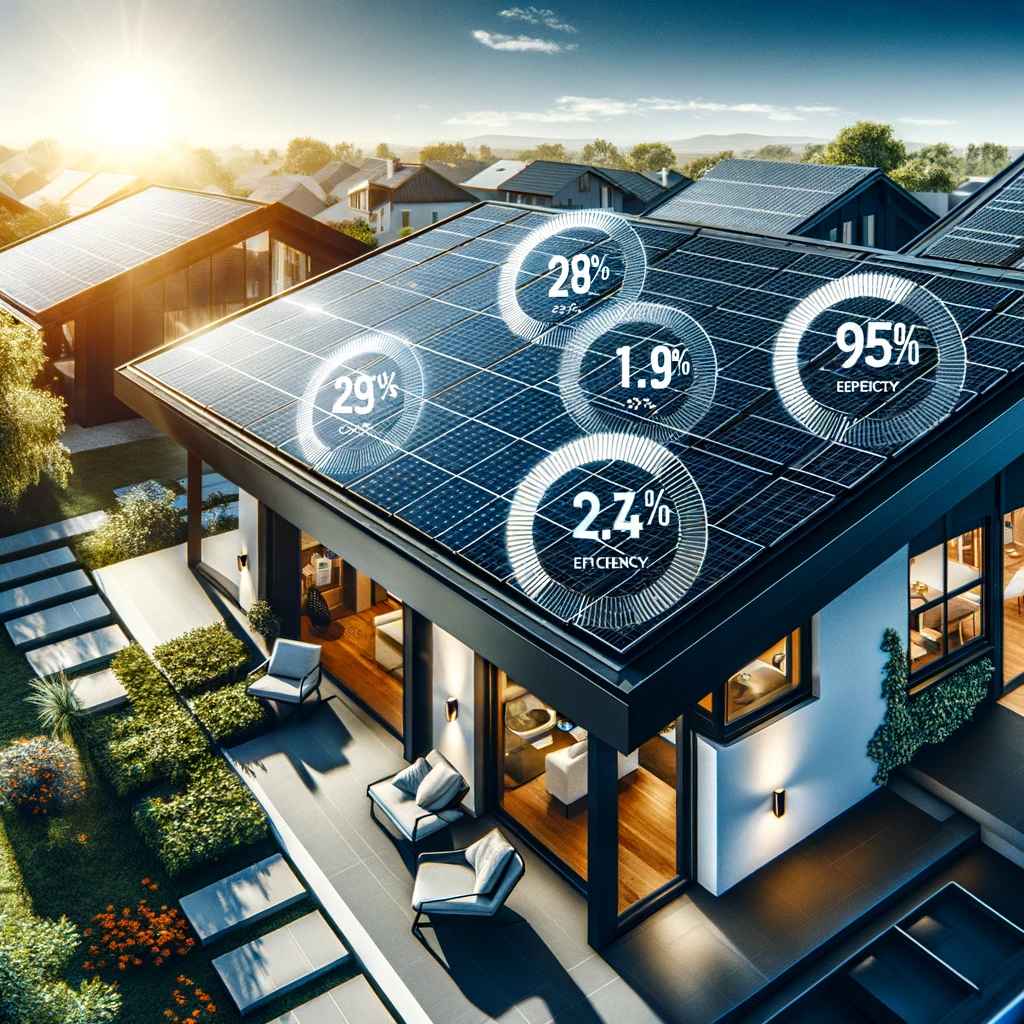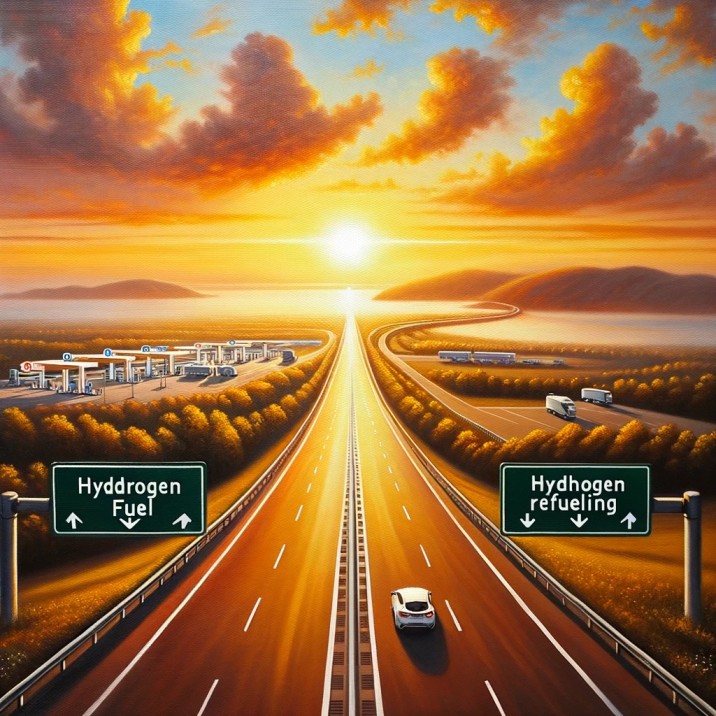Introduction
Green Technologies are becoming increasingly popular in the construction industry as more and more people recognize the importance of environmentally friendly practices. These sustainable technologies involve using renewable energy sources, energy-efficient lighting, sustainable building materials, and smart building automation systems, all designed to reduce energy consumption and minimize environmental impact.
In the construction industry, the use of Green Technologies is critical to the development of sustainable infrastructure. By using renewable energy sources and energy-efficient lighting systems, we can reduce our carbon footprint and contribute to a cleaner, greener future.
The history of Green Technologies in Construction dates back several decades when the concept of environmentally friendly building practices was first developed. This movement gained popularity in the 1990s with the introduction of the Leadership in Energy and Environmental Design (LEED) certification program, which promotes sustainable building practices.
The importance of Green Technologies in construction lies in the fact that the construction industry is the largest contributor to carbon emissions globally. By using these sustainable practices, we can reduce our impact on the environment and move towards a more sustainable future.

Energy-efficient Lighting Systems
Energy-efficient Lighting Systems play a significant role in improving sustainability and reducing energy consumption in construction. LED Lighting is becoming a popular choice due to its cost-effectiveness and durability. Not only does it use less energy, but it also lasts longer than traditional lighting. LED Lighting can also be customized to match the ambiance of the building. With Natural Light Tubes, natural light can be directed into the building, enabling the reduction of energy costs and improving the building’s eco-friendliness.
Smart Lighting Controls provide an efficient solution to optimize energy consumption. With Smart Controls, light levels can be adjusted as per occupancy, daylight availability, and time of day. This technology has advanced to the point where lights can be controlled remotely and personalized according to individual preferences.
Implementing Energy-efficient Lighting Systems creates a win-win situation by reducing energy usage and thus saving costs while also protecting the environment. Not only that, but the increased efficiency in lighting also improves work environments and reduces health problems such as eye strain and headaches.
It’s eco-friendly, cost-efficient, and customizable. What else do you need? Looking for an excuse to make a switch? How about the fact that it is a no-brainer decision for our fading planet!
Sustainable Building Materials
Sustainable Building Materials are the future of construction. They are durable, cost-effective, and environmentally friendly. The construction industry is notorious for being one of the largest emitters of greenhouse gases due to the massive amount of energy and resources required to construct buildings. Incorporating sustainable building materials can significantly reduce the carbon footprint of construction.
Bamboo is an excellent choice for sustainable building materials. It is a rapidly renewable resource that grows quickly and requires little maintenance. Bamboo is strong, durable, and can be used for various applications such as flooring and furniture. Reclaimed wood is also a sustainable building material that is becoming increasingly popular. It is wood that has been salvaged from old buildings and repurposed. Reclaimed wood adds character and warmth to a construction project and promotes a circular economy.
Recycled plastic is another environmentally friendly choice for sustainable building materials. Plastic waste pollutes the environment but can be repurposed into building materials. Recycled plastic is durable and low-maintenance, making it ideal for outdoor applications such as decking and fencing. Hempcrete is also an excellent sustainable building material. It is made of hemp fibers and a lime-based binder, making it an eco-friendly alternative to traditional concrete. Hempcrete is lightweight, insulating, and non-toxic.
Using sustainable building materials not only benefits the environment but also provides economic and societal benefits. Sustainable construction materials promote a circular economy and minimize waste. Sustainable buildings are safer, healthier, and more comfortable for occupants. They also promote environmental stewardship and social responsibility, creating a brighter future for all.
Incorporating sustainable building materials is a crucial step in the green revolution of the construction industry. By using materials like bamboo, reclaimed wood, recycled plastic, and hempcrete, we can reduce our carbon footprint and promote sustainable development. It’s time for the construction industry to embrace sustainability and join the movement towards a brighter and greener future.
Renewable Energy Sources
Have you ever imagined a world where construction sites are powered by renewable energy sources? This would mean no more noisy diesel generators and no more harmful greenhouse gas emissions. Green technologies are making this dream a reality!
Wind power is one of the most popular forms of renewable energy in the construction industry. Wind turbines generate electricity that can be used to power construction equipment and tools. The best part is that wind energy is free and does not produce any harmful emissions.
When it comes to solar power, it is not just for residential or commercial buildings. Many construction companies are using solar panels to power their sites. By harnessing the power of the sun, they are reducing their carbon footprint and saving on energy costs.
Geothermal energy is also gaining popularity in the construction industry. Buildings can use geothermal heat pumps to regulate the temperature inside while reducing energy consumption. This technology uses the constant temperature of the earth to heat or cool buildings, which saves money and reduces emissions.
Hydroelectric power is another renewable energy source that can be used in construction. Some construction companies are incorporating micro-hydro turbines in their sites to generate power from nearby water sources. This technology is especially useful in remote areas where there is no access to the power grid.
These renewable energy sources are just some of the technologies that are revolutionizing the construction industry. By using them, construction companies are not only being environmentally conscious but are also saving money on energy costs in the long run.
Smart Building Automation Systems
Gone are the days when building temperature automation was operated by a primitive thermostat. Smart Building Automation Systems (SBAS) provide an all-encompassing solution to revolutionize the building automation system.
The heating and cooling systems of a building are vital in providing comfortable room temperatures. SBAS use a combination of technology, sensors and algorithms to manage and regulate heating and cooling. The system adjusts the temperature according to the weather outside, occupancy, time of day and other factors, all in an effort to create the perfect climate conditions for the occupants.
But that is not all – automated shading and lighting, powered by SBAS, also bring convenience and comfort to building inhabitants. The system is designed to sense natural light sources and adjusts electrical lighting accordingly. Not only does this help reduce electricity bills, but it also provides a comfortable and productive work environment.
Perhaps one of the most interesting features of SBAS is the use of “smart” plugs and thermostats. These devices allow users to control the environment of their space according to their personal preferences – all through an app on their smartphone. Imagine having the power to regulate the temperature, turn lights on and off and manage energy usage all while on the move.
In conclusion, SBAS take building automation to a whole new level, providing users with customizable solutions that bring comfort, energy efficiency and convenience to the occupants.
Green Roofs and Walls
Nature has given us everything that we need for a sustainable life, and Green Roofs and Walls are a prime example. These innovative construction techniques not only look beautiful but also offer a host of benefits to the environment. Vegetated Roofs are essentially gardens installed on top of the building. They are made up of several layers including a waterproof membrane, growing medium, plants, and drainage layer.
Vegetated Roofs act as a natural insulator, regulating temperature and lowering energy costs for the building. These roofs also absorb rainwater, reducing the stress on sewage systems. They are also a home for birds and insects, providing a micro-ecosystem in the city.
Living Walls, on the other hand, are vertical gardens installed on the exterior or interior walls of a building. They require a supporting structure, waterproofing, and an automated watering system. Living Walls bring fresh air into the building while making it aesthetically pleasing. They also provide insulation and improve the acoustics of the building.
Green Façade Systems include climbing plants on a mesh or cable structure that is attached to the building. These Façade Systems provide shading, insulation, and beautify the building’s exterior. They also filter the air, reduce pollution and protect the building from UV radiation.
Green Roofs and Walls are a testament to how simple ideas can revolutionize the construction industry, benefit the environment, and make cities more livable.
Conclusion
Now that we have discussed some of the key green technologies revolutionizing the construction industry, let’s summarize what we have learned. Energy-efficient lighting systems can make a significant impact on reducing energy consumption, and sustainable building materials like bamboo and reclaimed wood can promote sustainable forestry practices. Renewable energy sources like solar and wind power can be harnessed to meet the energy demands of buildings in an eco-friendly manner. Smart building automation systems like automated shading and heating can help reduce energy usage by increasing efficiency.
Green roofs and walls, in addition to providing insulation benefits, can also improve air quality and reduce the urban heat island effect. The future of green technologies in construction looks bright, with advancements being made in areas like green concrete and sustainable insulation materials.
In conclusion, green technologies are becoming more prevalent in the construction industry due to their environmental and economic benefits. As we continue to prioritize sustainability, it is essential to keep exploring and incorporating innovative green technologies in building practices. Let’s build a greener future together!






